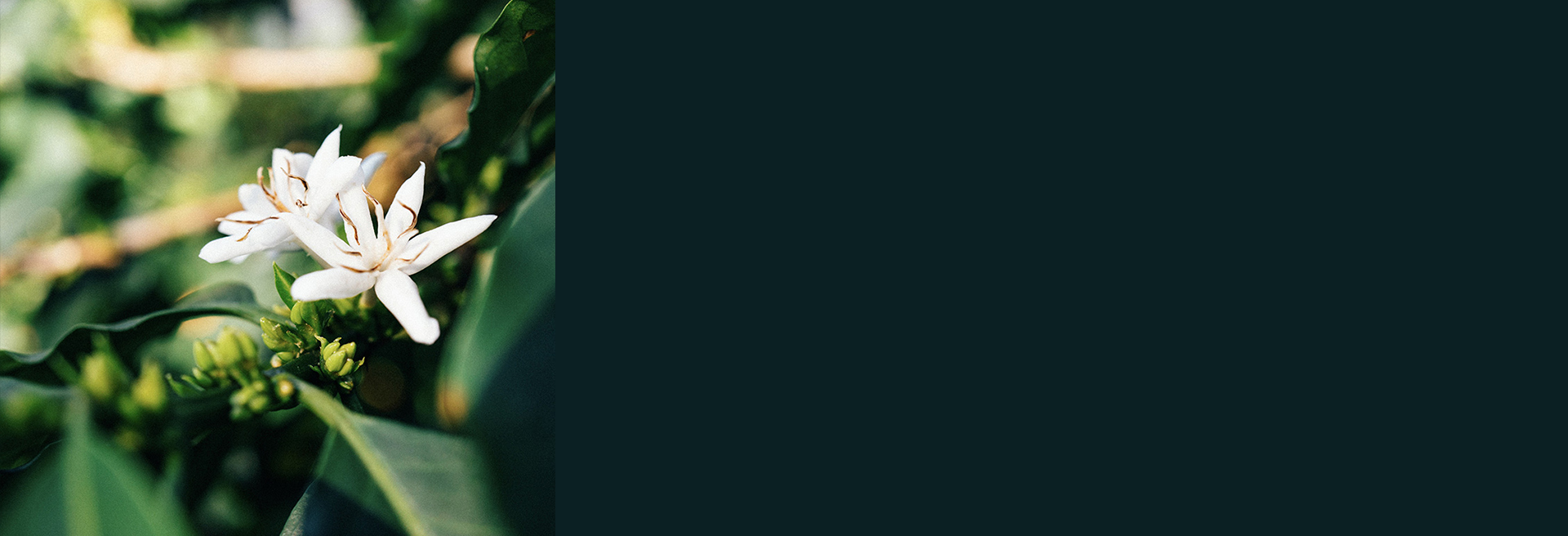Ethiopia
Muje Kebele
Terroir Best Lot
QUALITY SCORE: 89.25
Cup Notes
Blueberry / Melon / Orange / Nectarine
Coffee production taken to the level of art: thanks to a meticulously managed fermentation process, this coffee stands out with a unique flavour.
A truly sophisticated and elegant cup, with the balance of flavours achieving perfection.
Suggested for espresso and filter
when we roast
We freshly roast to order all coffees on Monday, Wednesday and Friday (excluding national holidays), and ship the same day! Cut-off time is 11:59pm (UTC+1) of the day before the roast day. *We only ship whole beans*
Details
- Quality Score
- 89.25
- Series
- Terroir Best Lot
- Producer
- Several small farmers
- Country
- Ethiopia
- Terroir
- Guji
- Altitude
- 1980 masl
- Process
- Special Natural + Raised Beds
- Arabica cultivar
- Ethiopian Heirloom
- Picked in
- January 2023
- Arrived in
- November 2023
- Shipped in
- Jute + GrainPro
- Roast profile by
- Rubens Gardelli
- Roasted on
- Customised solid-drum roaster
Suggested brewing recipe
There are two recipes: one for conical brewer (think V60) and one for flat-bottom brewer (think Kalita), however you can surely brew our coffees with any other brewing device, such as immersion brewers.
Please remember that these recipes are intended as starting points and may require further adjustments if the equipment you use is not identical to the one in the recipe; the characteristics of water used can also make a big difference in brewing.
Finally, the recipes suited specifically to Rubens’ roasting style, hence we do not guarantee that they will work as a universal reference.
Have fun brewing!
- Coffee:
- 17g
- Grind:
- Comandante 33 clicks (medium)
- Water:
- 250g (40tds) at 91 Celsius
- Filter model:
- Light Roast T-92, Cafec
- Time:
- 2:35
- Brew strenght:
- 1,49 tds
- Coffee:
- 17g
- Grind:
- Comandante 29 clicks (medium)
- Water:
- 250g (40tds) at 91 Celsius
- Filter model:
- Stagg [X], Fellow
- Time:
- 2:28
- Brew strenght:
- 1,47 tds
THE STORY BEHIND
The station is located in the kebele (village) of Muje in Mesina district, Guji zone of Ethiopia. This region borders the now famous Yirgacheffe district, the coffees from which have dominated specialty production for a number of years.The combination of high altitude (up to 2,200 Masl in some areas), fertile soil, consistent and plentiful rains, and an abundance of local knowledge are all contributing factors to the high status of coffees from this area.
The small farmers in this region typically cultivate Jarc 74110, 7412 and 74165 sub-varieties of traditional Ethiopian heirloom varieties on garden plots around their homes.
THE VARIETY
The Ethiopian Heirloom coffee variety stands as one of the most precious gems in the world of coffee. Cultivated in the high altitudes of the mountainous regions of Ethiopia, this variety is a true treasure of complex and deep aromas.
What makes the Ethiopian Heirloom variety unique is its wild and non-hybrid nature. These coffees are grown by local farmers using traditional practices, inherited from past generations. The absence of artificial hybridization means that each plant is a blend of indigenous varieties, giving the coffee an extraordinary genetic diversity.
The terroir of Ethiopia, with its volcanic soil and ideal climate, significantly contributes to the aromatic complexity of these coffee beans and accounts for the unique flavour notes, resulting in an unusual and refined cup.
Fruity, floral, and spicy notes emerge in every cup, offering a unique sensory experience. Ethiopian Heirloom coffees are known for their bright and lively acidity, balanced by a silky body. Ethiopia is often considered the birthplace of coffee, and the Heirloom variety represents a return to the roots of this precious beverage. Traditional cultivation, unique genetic variety, and a perfect combination of environmental factors give this coffee a distinctive character that enchants coffee lovers around the world.
THE FERMENTATION PROCESS
For this supernatural fermentation, the cherries are spread in a thick layer on racks in a semi-permeable box, restricting the access of sunlight while allowing limited airflow and oxygenation. This extends the overall drying time and increases the natural fermentation of the latent sugars in the cherries over the course of the drying period.
In order to ensure consistency, prevent over-fermentation, and avoid mould formation, it is essential that the conditions are strictly monitored throughout the process. Temperature, Brix and moisture readings are recorded periodically and small adjustments to airflow and ambient temperature are made accordingly.
Once the optimal moisture content has been reached (around 12.5%), the cherries are rested in a cool environment prior to secondary processing (hulling, grading, sorting, handpicking and bagging in GrainPro for export).



